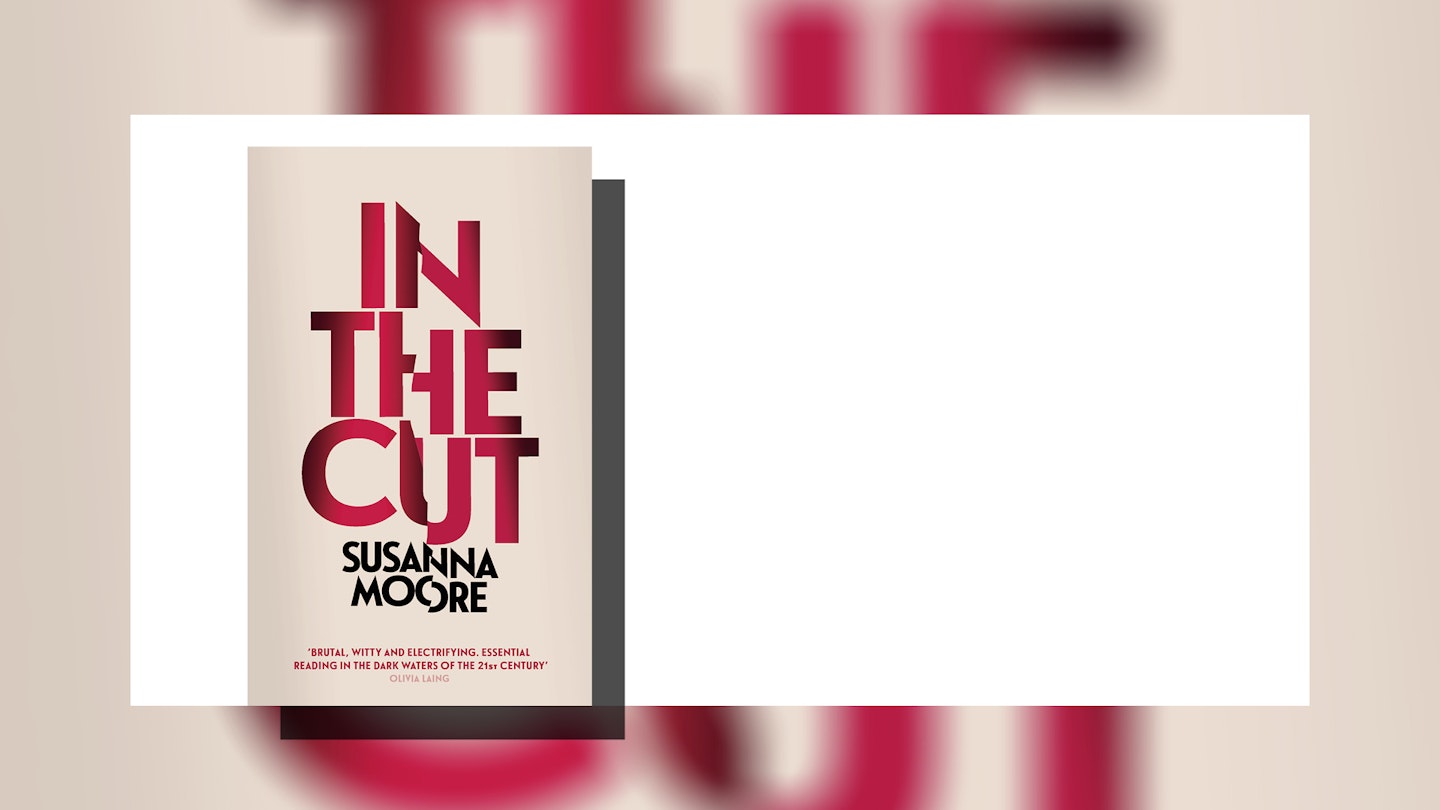When asked what my favourite book is, the answer I give is In The Cut. I’m not certain if that is the truth – who can choose? – but that’s what I say, mainly because I’ve thought of the book as my own private little secret: this gorgeously written, pitch-black fever dream of a novel few people seem to have read. First published in 1995, In The Cut gained a following after being adapted into a film starring Meg Ryan and Mark Ruffalo, though has been out of print in the UK since 2002. It’s now being re-issued.
The novel is about a university lecturer called Frannie, who, while looking for the toilets at a bar one night, opens the wrong door, seeing a man in the shadows with a woman between his legs, a small tattoo just barely visible on his wrist. The woman is later found dead, a severed part of her body found in Frannie’s apartment’s garden – and she is then interviewed as a potential witness by a detective called Malloy. She embarks on an affair with Malloy, who himself has the same small tattoo on his wrist. As their affair becomes more intense, more women’s bodies are found, cut up and in one especially horrific scene, decapitated. It is hot and claustrophobic, unravelling in humid New York city side streets; cramped, un-air conditioned apartments, sticky with sweat, blood and everything else. I first read In The Cut the same year it went out of print, during my final year of university – scandalised and entranced by its gruesome violence, its genuinely sexy sex scenes. I hadn’t read anything like it.
It seems fitting that In The Cut is being reissued two years after the #MeToo movement broke into the mainstream. Conversations about coercion, consent and sexual violence are becoming ever more complex, though perhaps to the point of eclipsing narratives around female desire and sexuality. At moments this seems something In The Cut attempts to reconcile: how does the ever-present threat of male violence and coercion shape female sexuality?
There are no easy answers, and the novel is comfortable languishing in the grey areas. Frannie is attracted to Malloy for reasons that may now seem stunningly retrogressive: his chauvinism, his bravado, his willingness to dominate her. It reminds me of a line from Katherine Angel’s Unmastered, a book on heterosexual female desire: ‘I was weaned on this – the hypostatised, brutal man; the yielding, deferring woman. So, by the way, were you.’
It is sexier and more violent than I’d remembered, and still thrilling, radical and peculiarly permissive
And yet there is nothing yielding or deferring about Frannie’s desire, it is clear-eyed, at times, ferocious. ‘I felt such desire for him,’ she tells us, as the novel reaches its conclusion, ‘such murderous and vengeful desire.’ Murderous and vengeful desire! Is that even allowed?
Sex and violence are present throughout the novel, inherently bound up with one another, and sexual or violent acts are often described in the same matter-of-fact language: in the novel’s world they are both things done to women’s bodies. But In The Cut doesn’t moralise about the fetishisation of women’s bodies: Frannie enjoys the subjugating way Malloy treats her; she is excited by the murders and also by her suspicions Malloy might be the perpetrator. She ignores advice not to walk home alone and is even aroused by her own vulnerability. She has total agency over her sexuality yet is turned on by being objectified.
I reread In The Cut recently, a little nervous I wouldn’t love it as much as I had, back when I was a little less experienced, a little less cynical, and a lot less well read – but I loved it even more. Frannie and Malloy are impeccably flawed and singular creations, it is sexier and more violent than I’d remembered, and still thrilling, radical and peculiarly permissive. It also has one of the most stark and bleak, yet beautifully written endings, of any book I have ever read (the film company insisted Jane Campion, the director of the adaptation, change the ending to something more hopeful). It has so much to say about the ways in which women are permitted to exist in the world – a topic perhaps more relevant now than when it was first published, and yet, I’ve not encountered anything like it since.
READ MORE:
All Of The Incredible Books On The 2019 Women's Fiction Prize Long List
